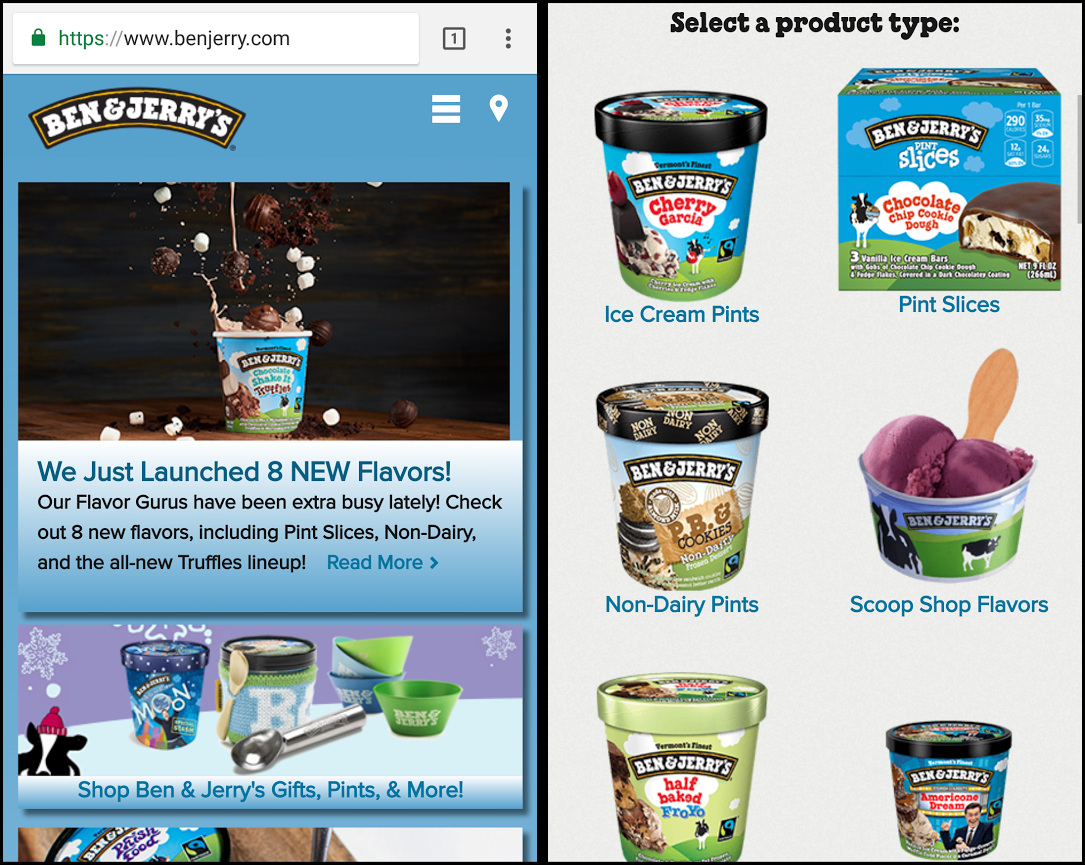
We’re about a month into the new near, and already there are some exciting trends in the web development space! Some of these trends have been ramping up for years now, while others represent an even newer approach to web design, but they’re all proving to be quite popular as 2018 gets underway. As your browse the web this year, you’ll likely discover these are these are 5 wildly popular web development trends in 2018:
Mobile Design
This should come as no surprise, but with the number of smartphone users worldwide steadily approaching 3 billion, mobile web traffic has actually overtaken traditional desktop traffic. That’s not to say desktop websites don’t matter, but there will certainly be an increased focus on mobile apps and websites as more and more users turn to their smartphones. Don’t be surprised to see a trend of mobile-first design, with an emphasis on simpler graphics and move away from mouseover effects to cater to the smartphone crowd.

At this point, you really ought to consider a mobile or mobile responsive website a must, no matter what industry you’re in.
Growth Driven Design
While ultimate user experience is becoming more mobile-friendly to suit the larger shift toward smaller screens, you can expect the actual web design process to also become a little more mobile so to speak. Or, perhaps more accurately, it is becoming more fluid and agile.
Growth Driven Design (GDD) is a trend away from creating and launching a single, monolithic overhaul of your website and toward a more versatile, malleable process. GDD starts by identifying the core needs of your target audience, building a website that meets those needs better than your current site (assuming there is a current website for your project), and then allowing the site to evolve based on how users interact with it.
Rather than try to guess which layouts or features will be the best ones to use until your next redesign several years down the road, GDD starts with a simpler website that can be built and launched quickly. Developers analyze how users interact with the site, and then make steady improvements to it based on the data they collect. It puts your site in a continuous state of learning and evolution.
Sticky Navigation
Sticky, or fixed, navigation bars follow users throughout the website. No matter how far down one scrolls, the nav bar will still be there, allowing easy access to the rest of the website without any need for the user to scroll all the way back to the top to jump to another page. This allows for quicker navigation, which makes your whole site more user-friendly.

Storytelling Through Video & Animation
There’s been a lot of talk lately, particularly among the major US cellular networks, of 5G speeds coming to their mobile networks. Some home-internet providers have been promoting gigabit speeds (or similar, though not quite so substantial network upgrades), and all our devices are improving
year over year.
What does that all mean? Well a lot, really, but one of the lessons we can draw from all this is that there’s more bandwidth and faster speeds to go around, and people have the equipment to take advantage of it. As a result, there has also been a trend toward video and animated storytelling on the web. Constant buffering and slow-loading times aren’t an issue when you have increasingly powerful computers and access to increasingly fast networks. This gives websites the opportunity to draw in visitors with more engaging content.
Secure Web Pages
This trend has been going on for awhile, and it’s going to continue in 2018. Online shopping is only growing more popular, and it’s far from the only source of sensitive information being transmitted over the web. People are sharing their personal stories with each other on social media, doing their taxes on websites built for that express purpose, and entering all sorts of other private information all across the web. Users want to know that they’re safe from malicious software and hackers whenever they engage in any of these activities, making SSL certificates and similar security measures all the more important.
So there you have it, our 5 Web Development Trends to Follow in 2018. Perhaps they aren’t all suited for your website’s needs, but if you aren’t implementing any of these designs you’re probably
behind the curve.
-
Want to learn more? Contact Dotlogics today to get the conversation going.
Let's Get to Work.
Have an unsolvable problem or audacious idea?
